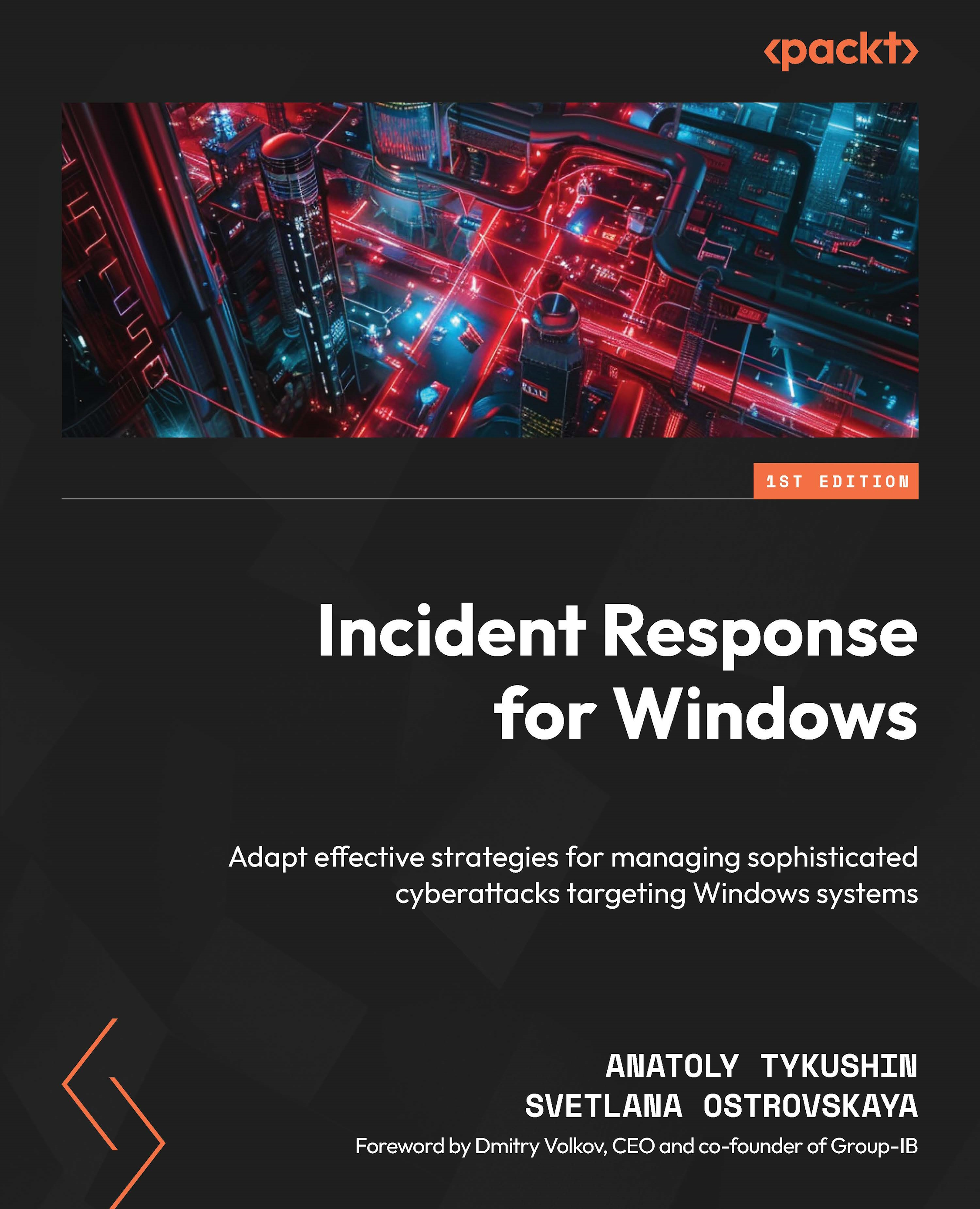Incident response roles, resources, and problem statements
One can notice that efficient incident response is a role-based process. A role is a virtual entity that has defined power, responsibilities, and capabilities. One professional can take on multiple roles or several professionals can take one role for scaling purposes and to achieve robustness, redundancy, and quality assurance. Moreover, they can be delegated to a third-party vendor with a skilled Digital Forensics and Incident Response (DFIR) team.
There are some best practices for how a role model should look, and we will define the most important technical roles in the next section. Management role setup is a topic worth discussing in another book as it varies based on the business size and operations.
The main coordinator role during the incident response process is called the incident manager. Usually, it is a Chief Information Security Officer (CISO), or the Chief Technology Officer (CTO) or Chief Information Officer...
































































